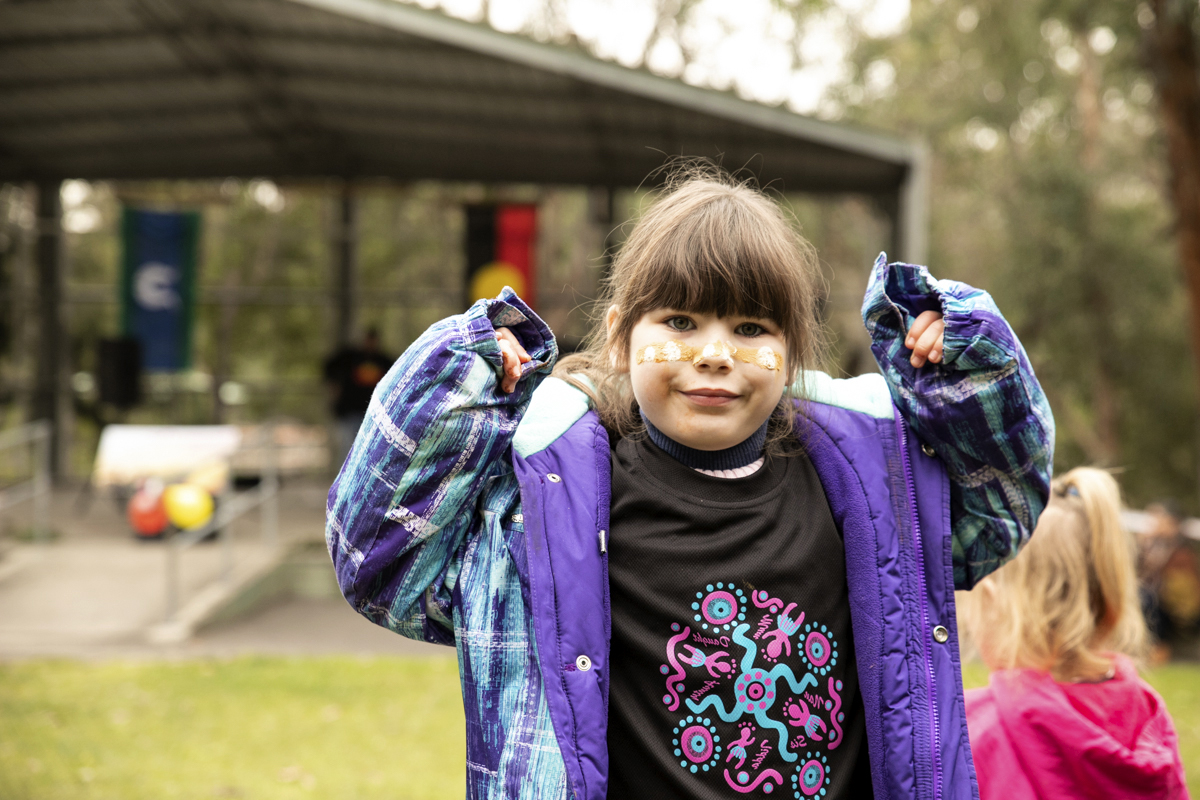One of VACCA’s most significant advocacy victories is achieving the Aboriginal Child Placement Principle made part of Victorian law.
Removing Aboriginal children from their families and communities can have devastating consequences, even when it is supposed to protect them.
The Principle says that Aboriginal children have the right to be raised in their own family, culture and community, and that these are vital to ensure the best interests of the child.
What does the Aboriginal Child Placement Principle say?
1. Removal of any Aboriginal child must be a last resort
2. If, after consultation with a community controlled Aboriginal welfare organisation, removal of a child from its family is unavoidable then the authorities must have regard to the direction of the Aboriginal welfare organisation
3. If such a removal is necessary, then the child must be placed within the extended family, or if this is not possible, the child may be placed within the Aboriginal community within close proximity to the child’s natural family
4. If there is not an Aboriginal placement available, then, in consultation with Aboriginal and Islander Child Care Agencies (AICCAs), the child may be placed with a non-Aboriginal family on the assurance that the child’s culture, identity and contact with the Aboriginal community are maintained.
See how VACCA adopts the Principle in its own Children in Care and Out-of-Home Care programs.
VACCA's Advocacy and Leadership
VACCA was created in the 1970s out of the Victorian Aboriginal community’s concern that many of their children were being removed from their families and placed, unsuccessfully, with non-Aboriginal carers.
Advocacy and leadership shown by VACCA has turned policy and law around. In 1979 the Victorian Social Welfare Department agreed that the removal of Aboriginal children from their family or community environment should be a last resort.
The Aboriginal Child Placement Principle was then incorporated into the Victorian Adoption Act of 1984 and then the Children and Young Persons Act 1989, following the Carney Review. VACCA secured the state government’s agreement that it be consulted in all welfare-related decisions affecting Aboriginal children.
VACCA was a major contributor to the Victorian Children Youth and Families Act (2005). Section 12 of the act recognises the right of Aboriginal people to self-determination and section 18 allows for ‘Aboriginal Guardianship’. In other words, for Aboriginal agencies to make decisions about the protection of Aboriginal children.
Through these efforts, VACCA and its supporters have ensured that all Aboriginal children removed from their families by Child Protection don’t lose their connection to family, Community and Culture. The Aboriginal Child Placement Principle is also endorsed by the national peak body for Aboriginal and Torres Strait Islander child and family services, SNAICC.


